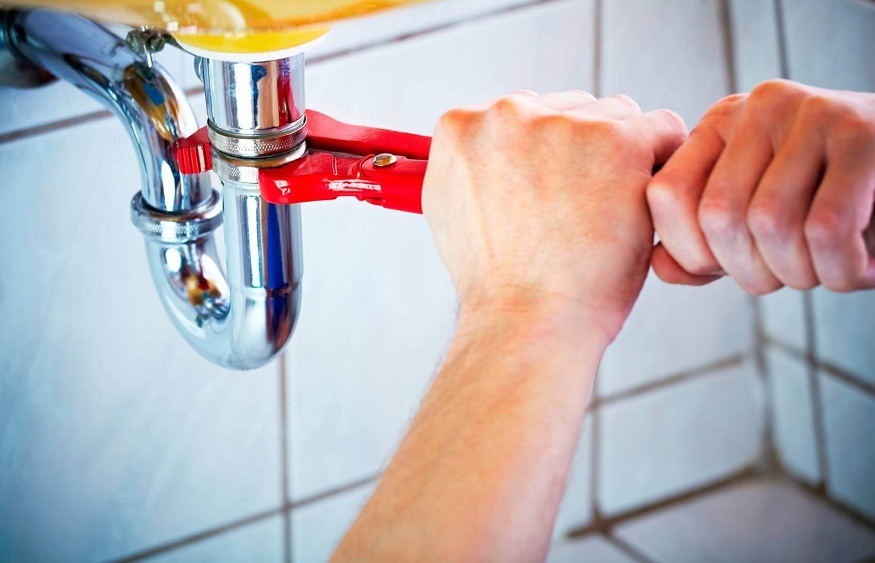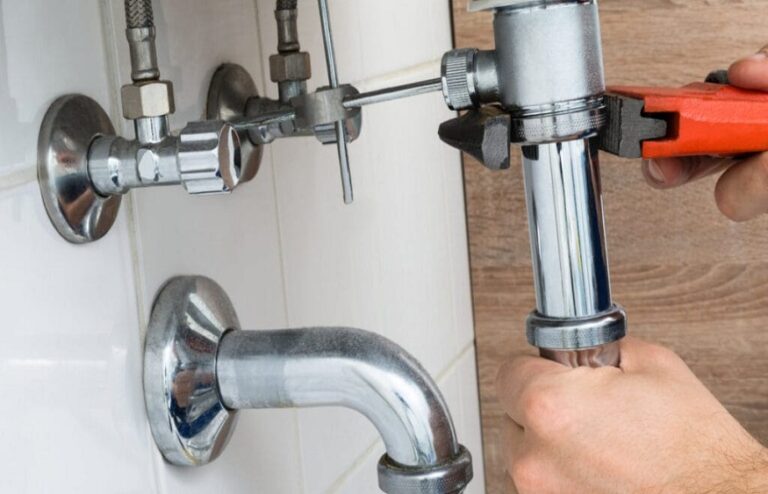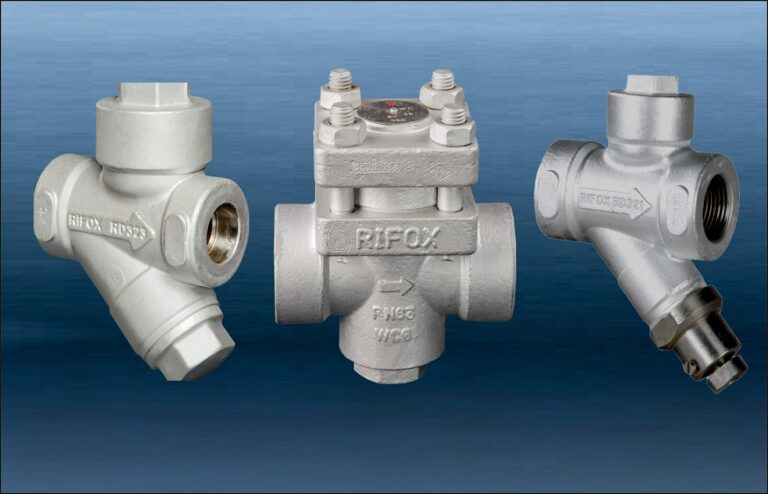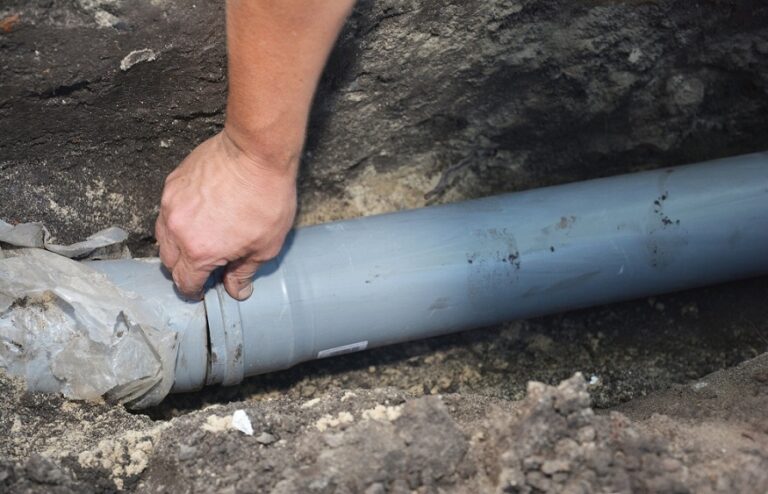
Carrying out some work yourself, such as painting your wall or repairing a blind, seems to be the work of an inveterate handyman. However, with a little common sense and a few tricks, it is possible to carry out DIY plumbing work without the help of a professional. Indeed, by following these few steps, you will be able to change a tap, unclog the sink or clean a siphon without any problems…
The 6 steps to replacing a faucet
Changing the faucet is an opportunity to add a decorative touch to your home. To do this, it is better to opt for a model in accordance with the modern, classic, metallic or matte interior style, according to your needs. In copper, steel, or cast iron, whatever the type of this DIY plumbing element, you have to pay attention to the diameter. The fitting is perfect when it is identical to that of the pipe or tube to which it will be joined. Thus, dismantling can begin by placing a bucket or other container under the sink.
The idea is to prevent the water from spilling onto the ground although it is then shut off at a handwheel valve. Always with this objective of stopping the water, it is important to empty the one that remains in the plumbing pipes. It is indeed time at this stage to unscrew the tap in order to separate it from the pipe. The diy plumbing of the faucet then deserves special attention by ensuring that it is therefore well compatible with the diameter of the pipe.
When they are connected, all that remains is to screw in the new faucet and check that everything is working correctly. This control is necessary to be able to affirm that the diy plumbing work does not present any leak.
The 3 keys to a smooth flow in the sink
If changing the tap makes it possible to install an aerator as a way of saving up to 50% of consumption, unclogging the sink avoids the inconvenience caused by these residues. This DIY plumbing operation begins with the passage of hot water in the pipes after the sink. A step that consists of letting hot water run for just a few moments.
The following will make it easier to vacuum up any debris that is blocking the passage using petroleum jelly. The application will be done with a small layer on the bottom of a plunger and it will be followed by pumping with firm and dry movements.
If despite this effort, the blockage persists, the use of a wire or a screwdriver will be the solution. It is even recommended with clusters of hair. This system will therefore need to be performed regularly to avoid major problems in the future.
3 steps to unclog the siphon
To do the so-called siphon plumbing yourself, there are three tips that can help you do it. Solutions based on different types of chemicals also exist to avoid odors. The most powerful are those based on a mixture of sodium hypochlorite and potassium hydroxide. However, the sink siphon must also be cleaned frequently, which is the best option to avoid any type of clogging. Before starting the diy plumbing work, you need a bucket placed under the sink siphon, to avoid dirtying the surroundings, or even the wall. A precautionary measure such as taking a picture of this element before loosening it. The goal is to be able to mount the parts correctly again.
Once removed, the siphon can be cleaned with plenty of soap and water, then dried. The refitting will then be done by the same process but in the opposite direction.







